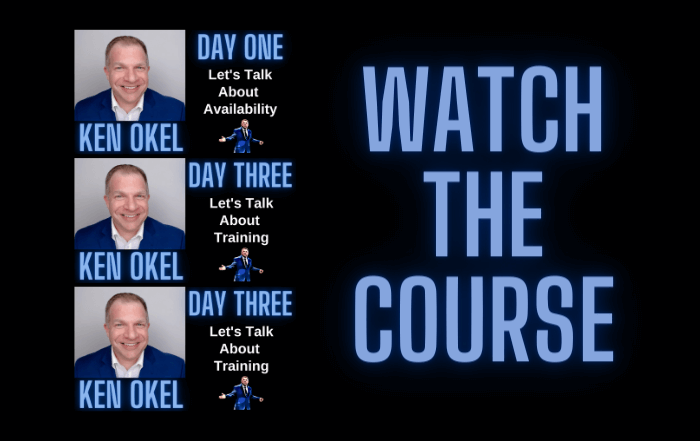 As the world prepares for another Royal Wedding, let’s take a moment to consider how things have changed since Charles and Diana tied the knot almost 30 years ago. I want you to especially pay attention if you work in an organization where, “We’ve always done things that way,” is a mantra.
As the world prepares for another Royal Wedding, let’s take a moment to consider how things have changed since Charles and Diana tied the knot almost 30 years ago. I want you to especially pay attention if you work in an organization where, “We’ve always done things that way,” is a mantra.
In 1981, an estimated 750 million people stopped whatever they were doing to watch the event on live TV. I remember the wedding being carried on TV. Back then, this meant the three major networks and perhaps PBS. CNN went on the air a year earlier but very few homes had cable TV.
If you wanted to watch the wedding procession through the streets you had to set your alarm very early in the morning as VCRs were not widespread.
If you had to work on the day of the wedding, you could catch the highlights hours later on the evening news. If you wanted more coverage you would have to wait for newspaper reports to come out the next day or wait a few days for the event to be covered in magazines like Time or Life.
For the most part, you were receiving information about the wedding from a news organization’s perspective.
Let’s flash forward to 2011. Unless my invitation was lost in the mail, I’ll likely catch the wedding on TV. Actually, Friday is yoga day for me so I’ll either use my DVR to record the live event and fast forward through the dull bits it or catch the highlights at the top of the hour. Or I may go online to see what I missed. There are lots of options.
As in 1981, thousands of people are expected to line the streets watching the procession. But this time, I’ll get more of their perspective. I’m sure most will have cell phones from which they’ll be posting pictures, video, and information on Twitter, Facebook and YouTube.
Back in the ’80s, information about the event was given in an inverted pyramid style where someone decided what was most important. Now, people have much more power over what information they wish to consume first. Fashion fans should be able to quickly find out who designed Kate’s dress. If someone flubs a name, as happened in 1981, you can find out instantly.
Obviously a lot has changed in the way we consume information during the past 30 years with many of these changes (rise of the Internet as a news source, social media sites, and the use of digital media from camera phones) happening in the past five.
Perhaps this should be a lesson in history to those organizations that are reluctant to change the way they do business. You may not want to change but don’t expect the rest of the world to stay still.





